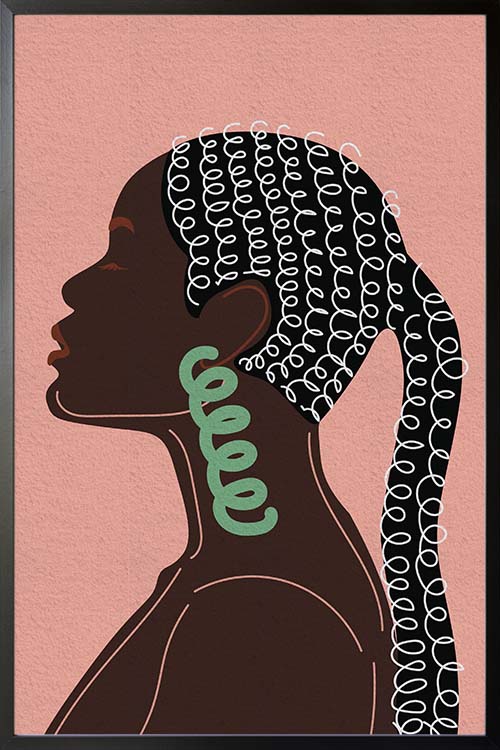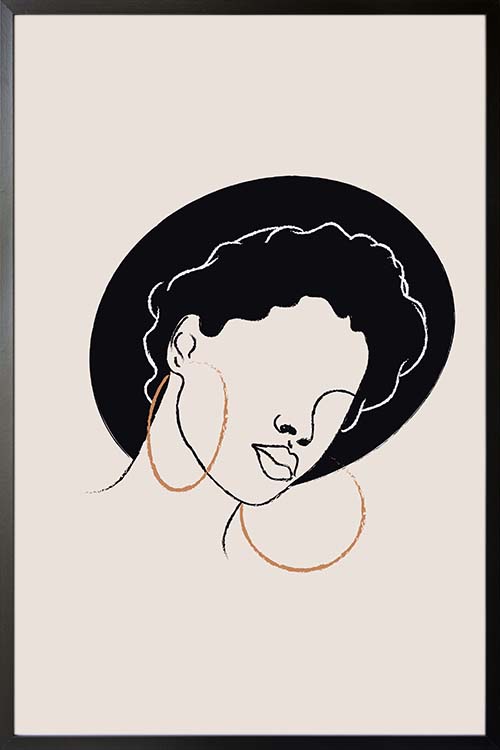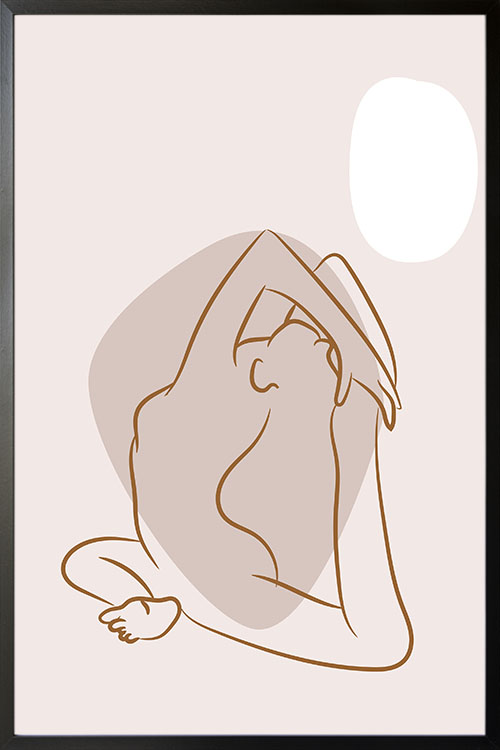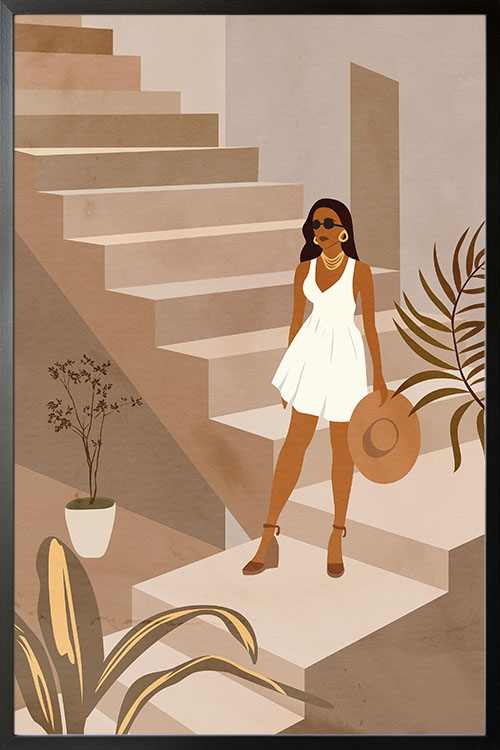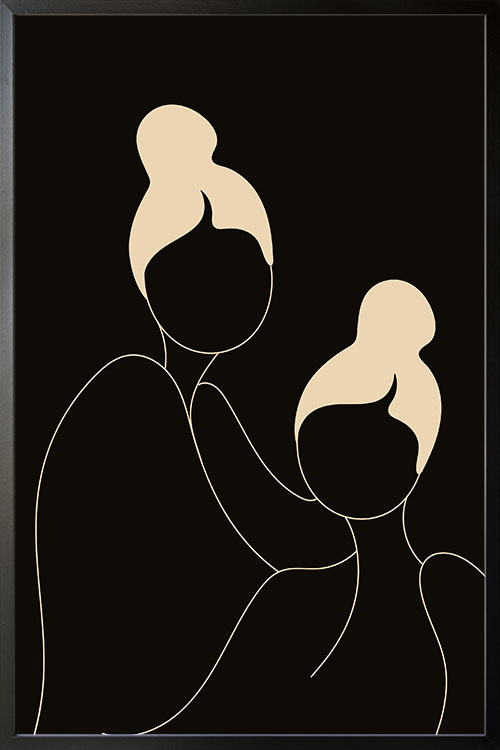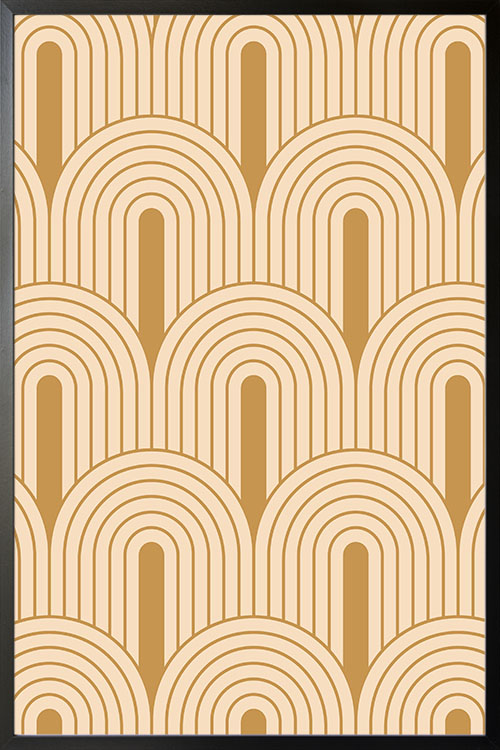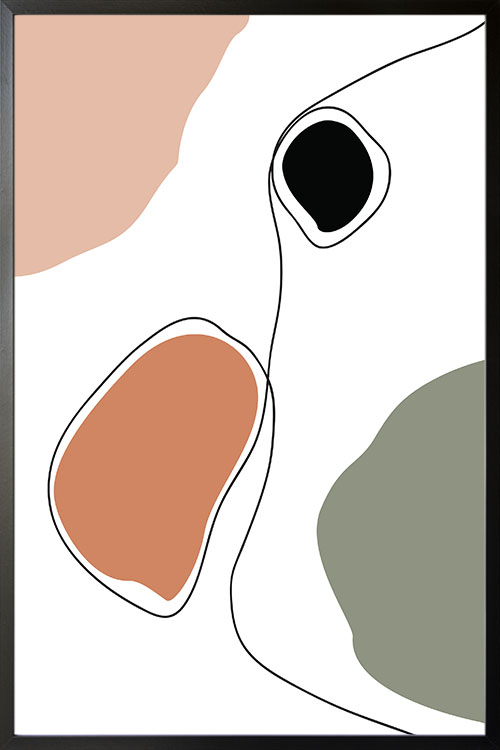
Insomnia is one of many individuals’ biggest problems. Studies have also shown that there are various reasons why people experience sleepless nights. One reason is the atmosphere of the bedroom. The color of the room greatly affects the mood and atmosphere and likewise contributes to people’s sleepless nights. Read on to learn more about choosing the right bedroom color and decor to help people sleep deeply and relax.
The right color for the bedroom to help you have good sleep quality
Experts believe that there are many ways to help an individual have a deep sleep. One fact is that the design of the interior, particularly the colors, greatly contributes to sleeping habits. Choosing the right bedroom color can be one solution for people to have a proper sleep pattern. Cool colors such as blue and green are proven to help create a calming and relaxing room.
Bedroom colors and Sleep
Studies have shown that the colors of the bedroom influence sleeping habits. Colors have been continuously conducted to find the association between room colors and sleeping habits.
Rooms dominated by cool colors, particularly blue, help people sleep longer than those in rooms with different colors. Hues of blue are associated with calmness and can likewise help lower blood pressure and heart rate. On average, people who stay in a room with hues of blue can sleep for 7 hours and 52 minutes.
Other colors may also contribute to sleeping habits, yet the average hours of sleep is shorter than those in a bedroom with shades of blue. Yellow, for instance, promotes sleep for around 7 hours and 40 minutes, green for 7 hours and 36 minutes, orange for 7 hours and 28 minutes, purple for 5 hours and 56 minutes, gray for 6 hours and 12 minutes, and brown for 6 hours and 5 minutes.
The reason why the color blue promotes good sleep is because of the receptor cells in the retina of the eyes. These cells are called ganglion cells and are highly sensitive to the color blue. Ganglions are likewise responsible for sending information directly to the brain. As a result, body activities are regulated and controlled.
If blue is not your preference, you can still use other colors and hues that can promote deep sleep. Neutral colors such as gray and silver are also known to promote good sleeping habits. In addition to these, pale yellow can have the same effects as that of neutral colors.
Poster art and sleep
The poster art display is one of the easiest and fastest ways to set the mood and atmosphere of the bedroom. The designs and images featured in posters come in a wide variety. They also come in colors that can help promote sleep. By creating wall art in the bedroom dominated by hues of blue, individuals will be able to have a good sleeping pattern.
